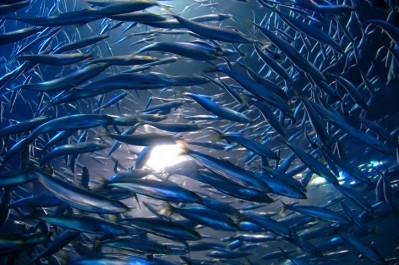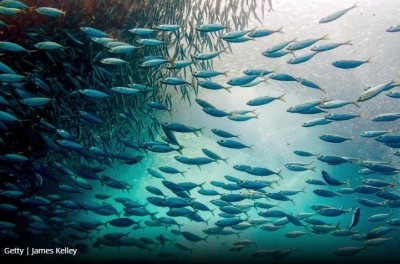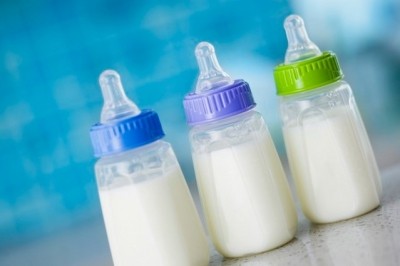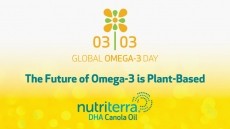Norwegian Scientific Committee unable to reach consensus over omega-3 dosage in children
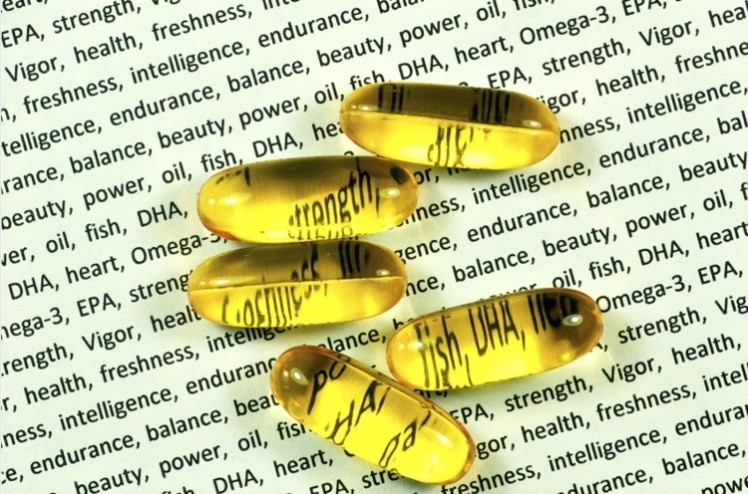
VKM’s Committee states it cannot provide a definitive decision on the safety of 1100 milligrams (mg) DHA, 1550mg EPA, or both 1550mg EPA and 1100mg DHA, for 3- to 18-year-olds.
“VKM concludes that a health-based guidance value or a point of departure for DHA, EPA, or DHA and EPA combined for 3-18-year-olds cannot be established or identified,” explains Camilla Svendsen, scientific leader of the project group.
“Therefore, it is not possible to conclude on the safety of the suggested daily doses of DHA, EPA, or DHA and EPA combined for children and adolescents, or pinpoint the highest safe doses.”
Despite the findings, the group referred to exposure estimations that considered safe daily dietary median intakes ranging from 81-148 mg, 43-75 mg, and 120-219 mg for DHA, EPA, and DHA+EPA combined, respectively for 4-27-year-olds.
Previous EFSA guidance has considered a dose of 250mg/day of EPA and DHA combined, as safe for the age group 2-3 years, 4-17 years and 18 years and over.
Outcomes assessed
Describing its approach, VKM considered that bleeding, glucose/insulin homeostasis, inflammation, lipid homeostasis, and liver effects were the most important outcomes addressed in the randomised controlled trials on children and adolescents.
They also thought the data available to be ‘insufficient’ and that the certainty in the evidence ranged from ‘moderate to very-low.’
Responding to VKM’s findings, Ellen Schutt. Executive Director for The Global Organization for EPA and DHA Omega-3s (GOED) said the report simply stated there was not enough data to make a recommendation.
“As you know it’s very difficult to do testing in children, so this finding is not surprising to us,” she adds.
“As you also know, there is a long history of omega-3 usage in Norway for children and consumers there have no doubts about the importance of giving EPA and DHA to their children.
“This exercise was performed because of a regulatory requirement, rather than any concerns about safety, and should definitely not be interpreted as a government body questioning omega-3s for children.
“While it is true that the decision may be discussed in other geographies, particularly the EU, the fact remains that the safety of omega-3s is not in question.”
GOED also pointed out that genotoxicity had been assessed earlier with no concerns raised. They added it was considering how to address VKM’s findings and would respond in due course.
It was a similar story across the Omega-3 industry, which saw no issue with VKM’s findings.
Test doses ‘much higher’
Dr Kristina Harris Jackson, Director of Research for OmegaQuant Analytics, an independent, CLIA-certified lab that offers Omega-3 Index testing says the doses are ‘much higher than kids would typically need anyway.’
“I would not be worried about lower, more normal doses of EPA and DHA for kids (less than one gram per day),” she adds.
The view was echoed by an Aker BioMarine spokesperson, who says, "The dosage used in this report is unusually high for krill oil. In fact, this dosage amount is far above the normal amount for children in the entire nutraceutical sector.
"We find the report findings inconclusive and are not able to speculate the impact this has on the omega-3 market."
Meanwhile, Zooca’s Jan Erik Olsen praised the ’very thorough’ job VKM was doing in their assessments, and there was reason to take their conclusions seriously.
“On the other hand, there are lot of scientific communities that continuously evaluate benefits and impact of omega-3s on different health outcomes, so I think one must take into account more than one report,” he adds.
“I believe that EPA and DHA should be considered as nutrients from food, and even food supplements are considered to be food in most regulatory jurisdictions.
Olsen, who is the Head of Sales and Marketing, Human Health & Nutrition at Norwegian marine oil specialists Zooca, adds, “Personally, I am convinced that the benefits of taking these fatty acids outweighs the risk, but I haven’t dug into the 4000+ randomised clinical trials on omega-3s,”
“Just the fact that omega-3s continue to generate so much interest in the scientific community is a good indicator that there is something very interesting here.”
